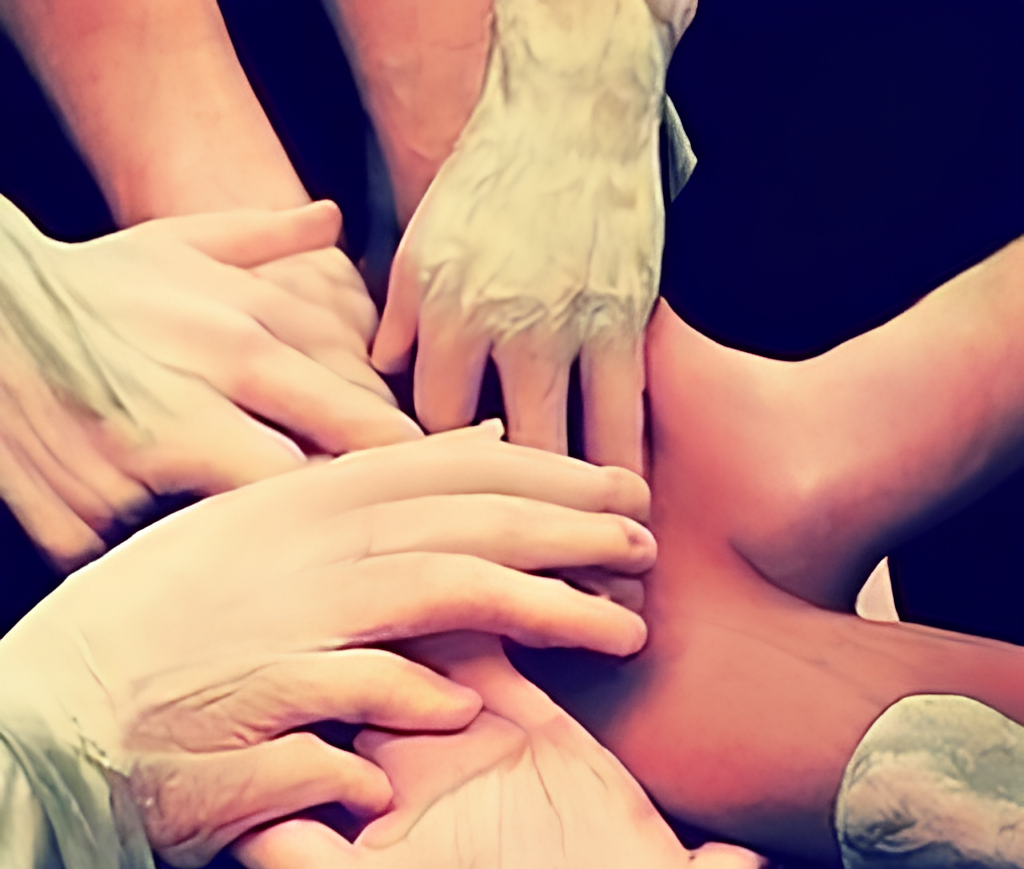Introduction
As artificial intelligence (AI) continues to advance, it has made remarkable progress in various fields, such as speech recognition, image processing, and even art. However, despite these advancements, AI has been struggling with a fundamental challenge in art: drawing realistic hands. Hands are notoriously difficult to draw, even for skilled artists, and AI is no exception. The complexity of the human hand, with its intricate anatomy and countless possible poses, makes it a particularly challenging subject for AI to master. As a result, many AI-generated images still suffer from poorly-drawn hands, which can diminish the overall quality and believability of the artwork. In this article, we will explore the reasons why AI struggles to draw hands and the current state of research on this fascinating and complex challenge. We will examine the various approaches that researchers are taking to teach AI how to draw hands and the limitations that still need to be overcome to achieve realistic and convincing results.
Why AI Struggles to Draw Hands?
Drawing hands is a complex task that requires both technical and artistic skills, and it is no different for artificial intelligence (AI). Despite the advancements in AI technology, it still faces significant challenges in accurately drawing hands. One of the primary reasons for this is the complexity of the human hand itself.
The human hand is a marvel of biological engineering. With 27 bones, 29 joints, and over 123 named ligaments, the hand is a complex structure that allows for an incredible range of motion and dexterity. Additionally, the hand is capable of an almost infinite number of poses, making it a challenging subject to replicate for even the most experienced artists.
When it comes to AI, one of the biggest hurdles to overcome is the ability to recognize and replicate these intricate details. Even with the help of advanced algorithms and neural networks, accurately capturing the shape and movement of the hand remains a formidable task. Another challenge is understanding the underlying structure and anatomy of the hand, including the position and orientation of each bone and joint.
Another factor that makes drawing hands particularly challenging for AI is the level of detail required. The human hand contains numerous small and intricate features, such as wrinkles, veins, and fingernails, which add to the complexity of the drawing process. Additionally, these details often vary significantly from person to person, making it difficult for AI to develop a standardized approach.
Despite these challenges, researchers are making progress in teaching AI how to draw hands more accurately. One approach is to use large datasets of hand images to train AI models to recognize and replicate the features of the hand. Another method is to use generative adversarial networks (GANs), which enable AI to generate images by learning from a set of reference images.
Thoughts
AI’s struggle with drawing hands is rooted in the complex anatomy and intricate details of the human hand. However, ongoing research and development in the field of AI are helping to overcome these challenges and improve the accuracy and realism of AI-generated artwork. While there is still much work to be done, the progress made so far is a testament to the potential of AI to revolutionize the art world.


